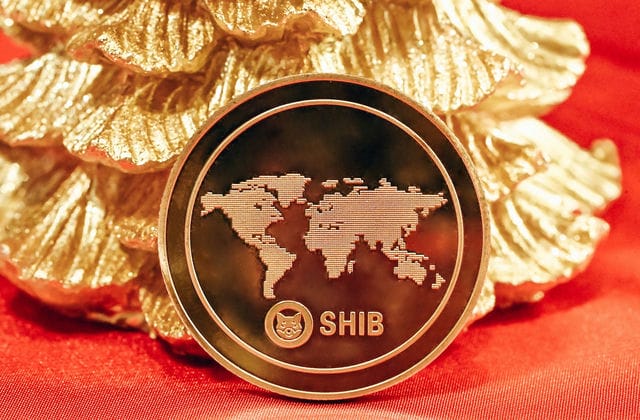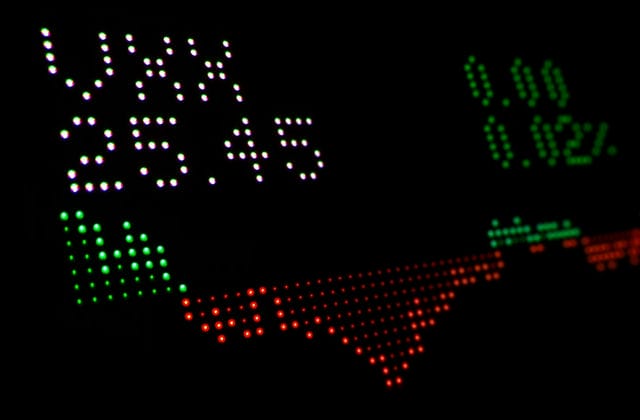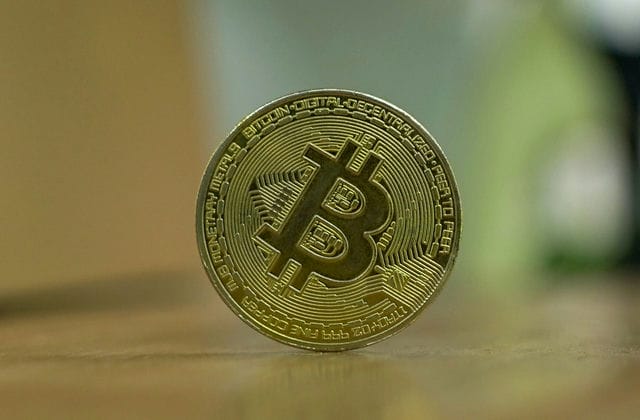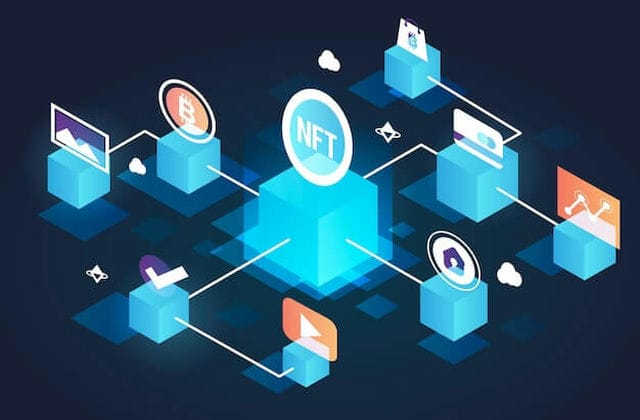Litecoin was one of the first cryptocurrencies to enter the market. When it was first launched in 2011, it was known as "Bitcoin Gold and Lite Silver" alongside Bitcoin because its blockchain was mostly derived from the Bitcoin code. Some cryptocurrency investors see Bitcoin as a premium value savings vehicle, and due to its short confirmation time and low transaction fees, Litecoin is better suited for peer-to-peer payments. What is Litecoin?

Litecoin was one of the first cryptocurrencies to enter the market. Its blockchain was created by former Google engineer Charlie Lee in 2011 and was developed based on Bitcoin's open-source code. LiteCoin has made some upgrades to this, such as a faster block generation rate and the introduction of a new proof-of-work (PoW) mining algorithm called Scrypt.
The total supply of Litecoin is 84 million coins. Similar to Bitcoin, Litecoin can be obtained by mining and has a halving mechanism, which halves every 840,000 blocks (approximately every four years). Litecoin was last halved in August 2019 when the block reward was reduced from 25 Litecoin to 12.5 Litecoin. The next halving is expected to take place in August 2023.
How does Litecoin work?
As an improved version of Bitcoin, Litecoin aims to enable cheaper and more efficient transactions than the Bitcoin network. Like Bitcoin, Litecoin uses a proof-of-work mechanism, which allows miners to earn new tokens by adding new blocks to the blockchain. But instead of using Bitcoin's SHA-256 algorithm, Litecoin uses Scrypt, a hashing operation. The operation generates new blocks about every 2.5 minutes, while Bitcoin blocks take an average of 10 minutes to confirm.
Scrypt was initially developed by the Litecoin development team to develop its own decentralized mining ecosystem outside of the Bitcoin system and to make 51% attacks on Litecoin more difficult. Early on, users with traditional GPU and CPU cards were more likely to mine with Scrypt, which was designed to prevent dedicated integrated circuit (ASIC) miners from dominating Litecoin mining. However, ASIC miners were later developed to mine Litecoin efficiently, resulting in GPU and CPU mining being forced out of business.
Due to some of the similarities between Bitcoin and Litecoin, developers often use Litecoin as a 'testing ground' to try out blockchain technologies that will work in Bitcoin. For example, Segregated Witness (SegWit) was first trialled in Litecoin before being run in Bitcoin in 2017, and SegWit was planned for Bitcoin in 2015, with the aim of extending the blockchain by separating digital signatures from each transaction and making better use of the limited space in the block. The blockchain can thus handle more transactions per second (TPS).
Another scaling option is the Lightning Network, also tried in Litecoin before running in Bitcoin. The Lightning Network is one of the key factors in making Litecoin transactions more efficient. It is a Layer 2 protocol created on top of the Litecoin blockchain and consists of user-generated micropayment channels with lower transaction fees.
In addition, Litecoin aims to address transaction privacy issues by adopting a privacy-focused protocol, the Mimblewimble Extended Block (MWEB). It is named after the tongue-locking spell from the Harry Potter series, which prevents the disclosure of victim information. Similar to the spell, MimbleWimble allows for complete anonymity of transaction information, including the address of the sender or receiver and the amount of cryptocurrency sent. At the same time, MWEB eliminates useless transaction information, has a more compact block size and more scalable space. As of December 2021, the Litecoin MWEB protocol is still under development.

Litecoin use cases
As one of the first cottage coins, Litecoin improves on the Bitcoin code, increasing scalability and making transactions faster and less expensive. Although the market capitalization is not comparable to Bitcoin, Litecoin has a competitive advantage as a peer-to-peer payment system. The Litecoin Foundation announced in November 2021 that Litecoin can be used as a payment method for payments via the Litecoin VISA debit card by converting Litecoin to US dollars in real time. In addition, some businesses are already using Litecoin as a payment method, including travel companies, convenience stores, real estate agents and online shops.
Another thing to watch out for is the upcoming release of the Litecoin network's highly anticipated MimbleWimble, which not only obfuscates the wallet address of transactions, but also potentially doubles Litecoin's TPS. If successfully run, the upgrade could further enhance the privacy and fungibility of Litecoin transactions. However, as of December 2021, no release date has been announced on the main website.





























